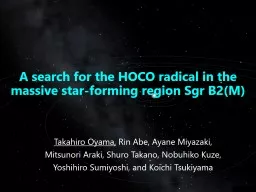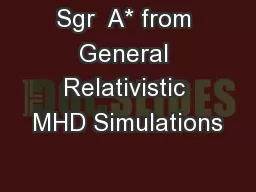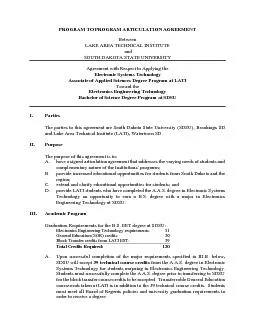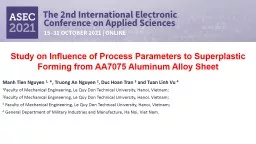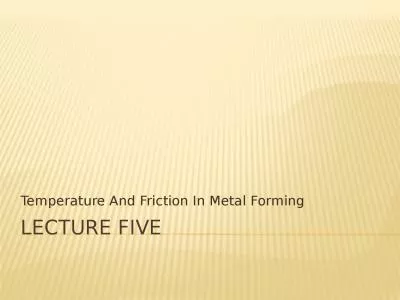PPT-A search for the HOCO radical in the massive star-forming region Sgr B2(M)
Author : luanne-stotts | Published Date : 2018-02-09
Takahiro Oyama Rin Abe Ayane Miyazaki Mitsunori Araki Shuro Takano Nobuhiko Kuze Yoshihiro Sumiyoshi and Koichi Tsukiyama Interstellar Glycine Glycine the simplest
Presentation Embed Code
Download Presentation
Download Presentation The PPT/PDF document "A search for the HOCO radical in the mas..." is the property of its rightful owner. Permission is granted to download and print the materials on this website for personal, non-commercial use only, and to display it on your personal computer provided you do not modify the materials and that you retain all copyright notices contained in the materials. By downloading content from our website, you accept the terms of this agreement.
A search for the HOCO radical in the massive star-forming region Sgr B2(M): Transcript
Download Rules Of Document
"A search for the HOCO radical in the massive star-forming region Sgr B2(M)"The content belongs to its owner. You may download and print it for personal use, without modification, and keep all copyright notices. By downloading, you agree to these terms.
Related Documents

